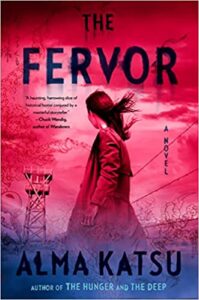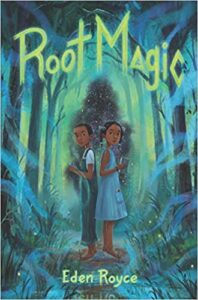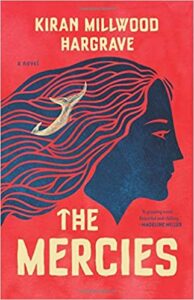The Fervor by Alma Katsu
G.P. Putnam’s Sons, 2022
ISBN-13 : 978-0593328330
Available: Hardcover, paperback, Kindle edition, audiobook
( Amazon.com | Bookshop.org )
The Fervor takes place during World War 2 and alternates between five points of view. Meiko Briggs is a Japanese immigrant married to a white man, Jamie Briggs, a pilot in the army. She and their daughter Meiko are living in the Japanese internment camp Camp Minidoka, where residents are becoming infected with an illness that makes them violent and murderous. Archie Mitchell is a pastor who saw his pregnant wife and several children killed in an explosion thought to have been a Japanese bomb, who was friends with Jamie and has now gotten entangled with local white nationalists. Fran Gurstwold is a Jewish woman reporter who witnessed a similar explosion and decides to investigate locations where she suspects other explosions have happened. These alternate with journal entries from 1927 by Mieko’s father, Japanese scientist Wasaburo Oishi, who discovered poisonous spiders related to the yokai jorogumo, that cause the illness now spreading through the camps and nearby towns. The story follows Mieko, Aiko, Archie, and Fran as their stories intersect and begin to make sense in the context of Oisho’s writings, while dealing with a coverup by the government.
Katsu notes that this book differs from her previous ones because rather than portraying a specific historical event she was using a wider lens to explore the bigotry and violence against Asian-Americans in the past as a way to deal with it in the present, so while period details are correct , events and places may have been moved around for plot purposes.
This was a fascinating book, and better than The Deep. I am a fan of yokai whenever I see them, and I enjoyed the way Katsu incorporated this into the book. The portrayal of Archie as a person who is drawn into a white nationalist group due to weak character rather than malice, was accurate and well-written. Unfortunately, there continue to be too many people like him today.
Contains: racial slurs and violence
Reviewed by Kirsten Kowalewski







Follow Us!